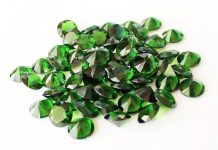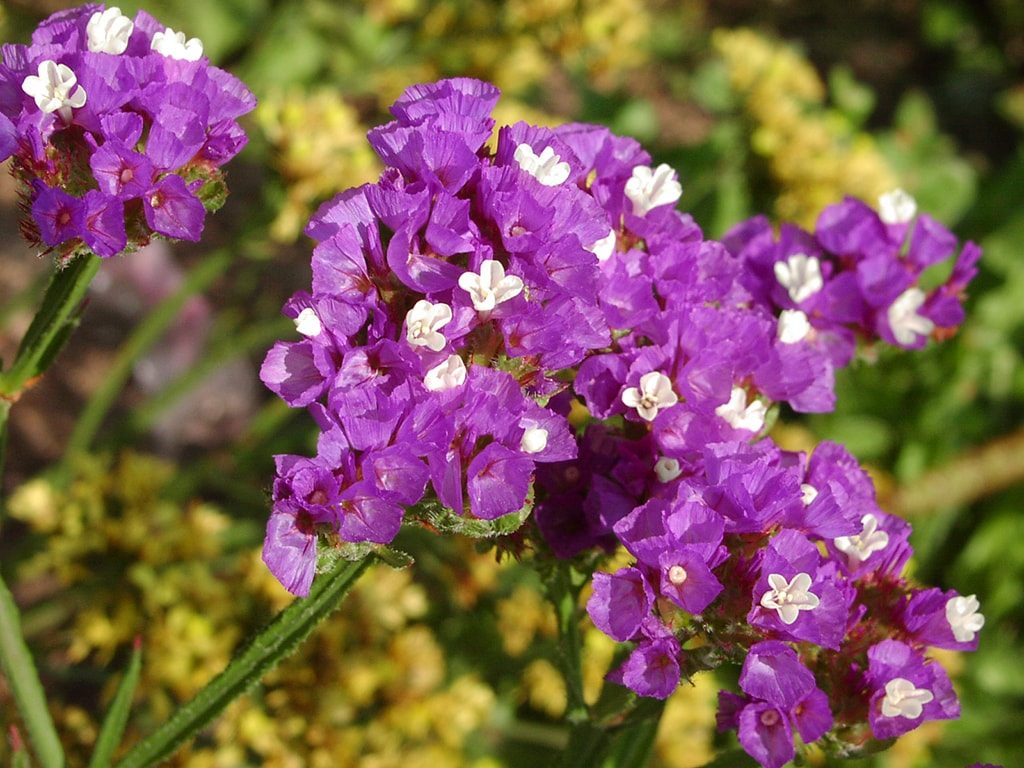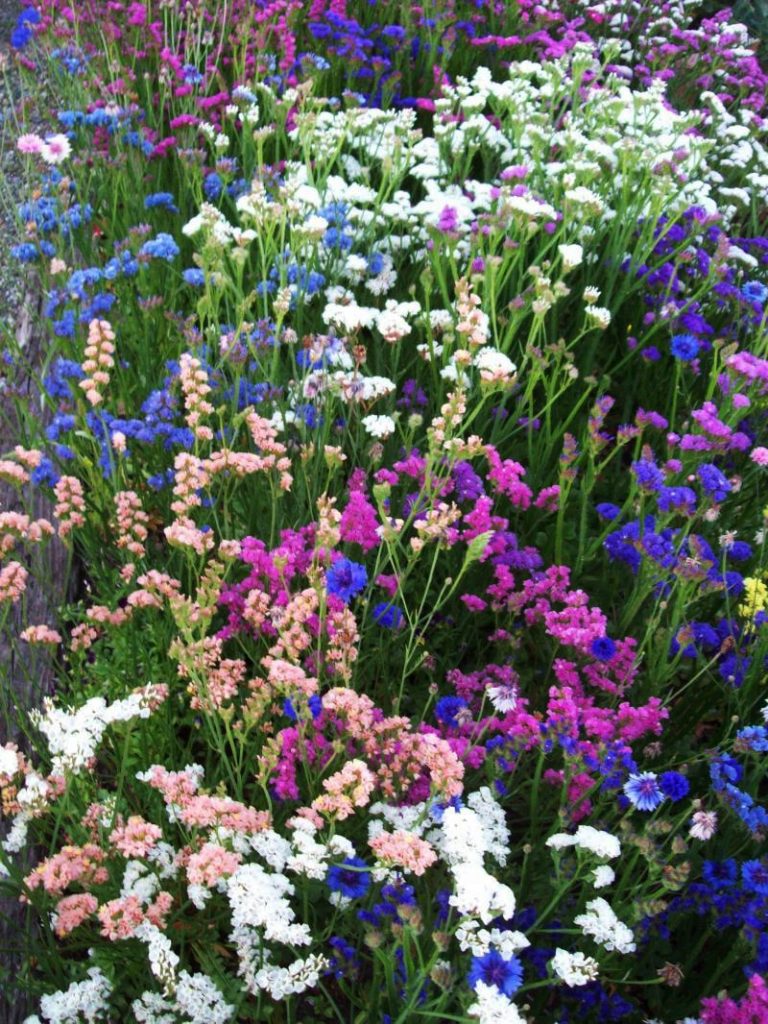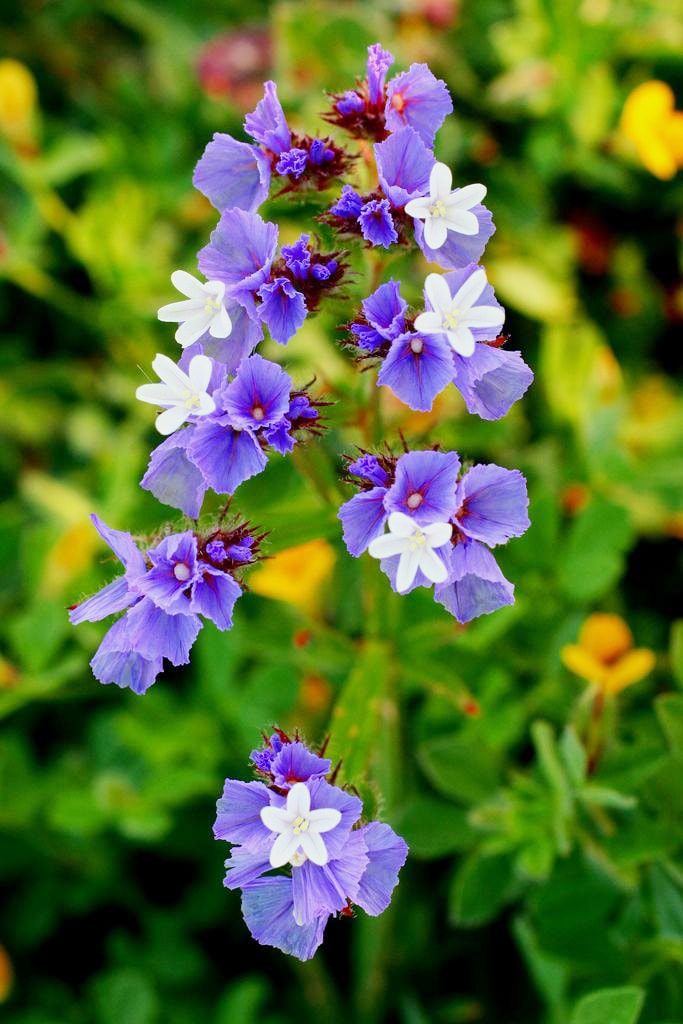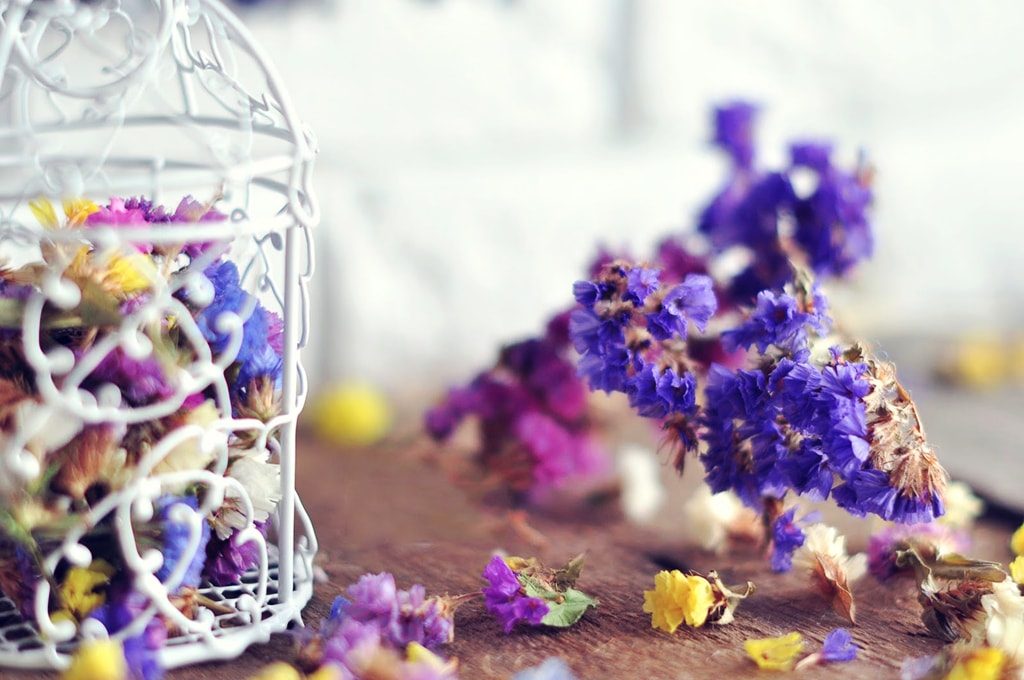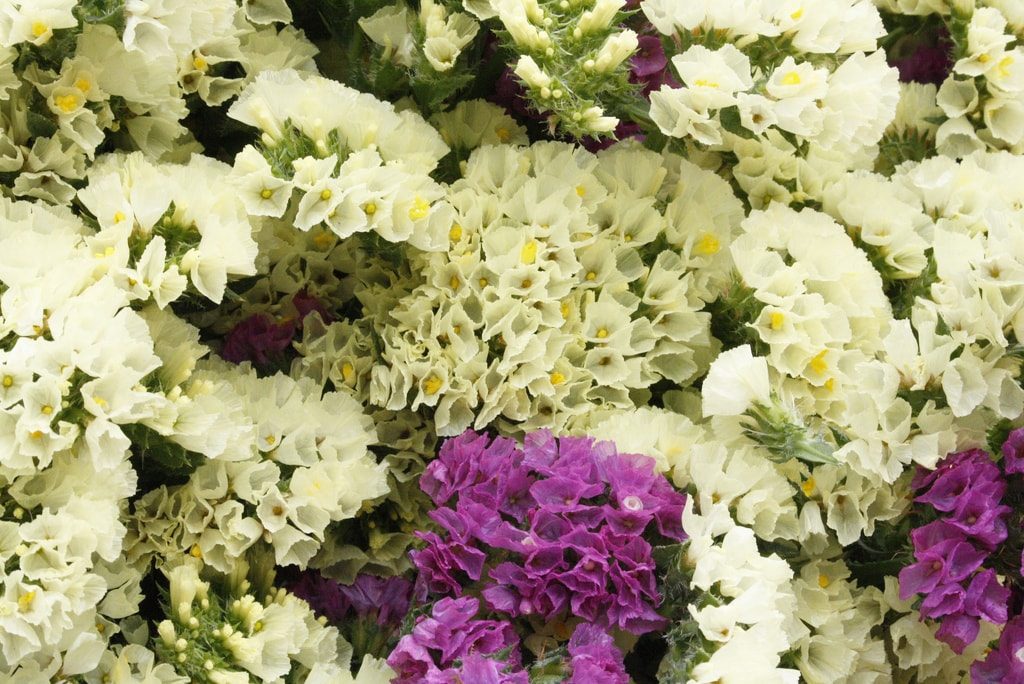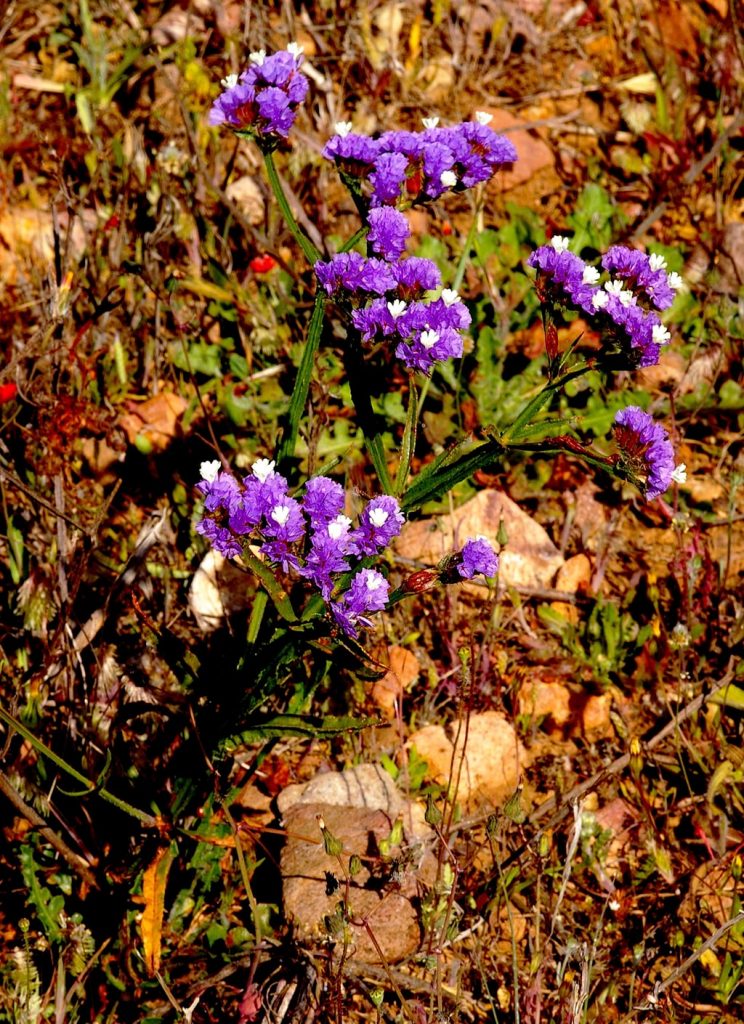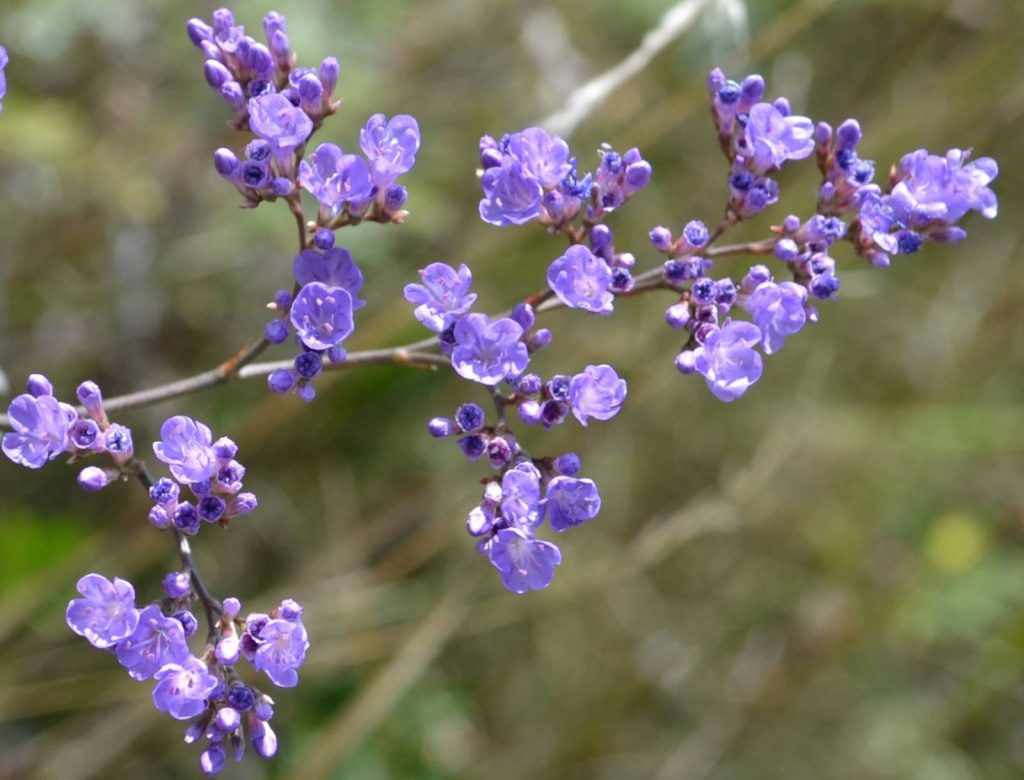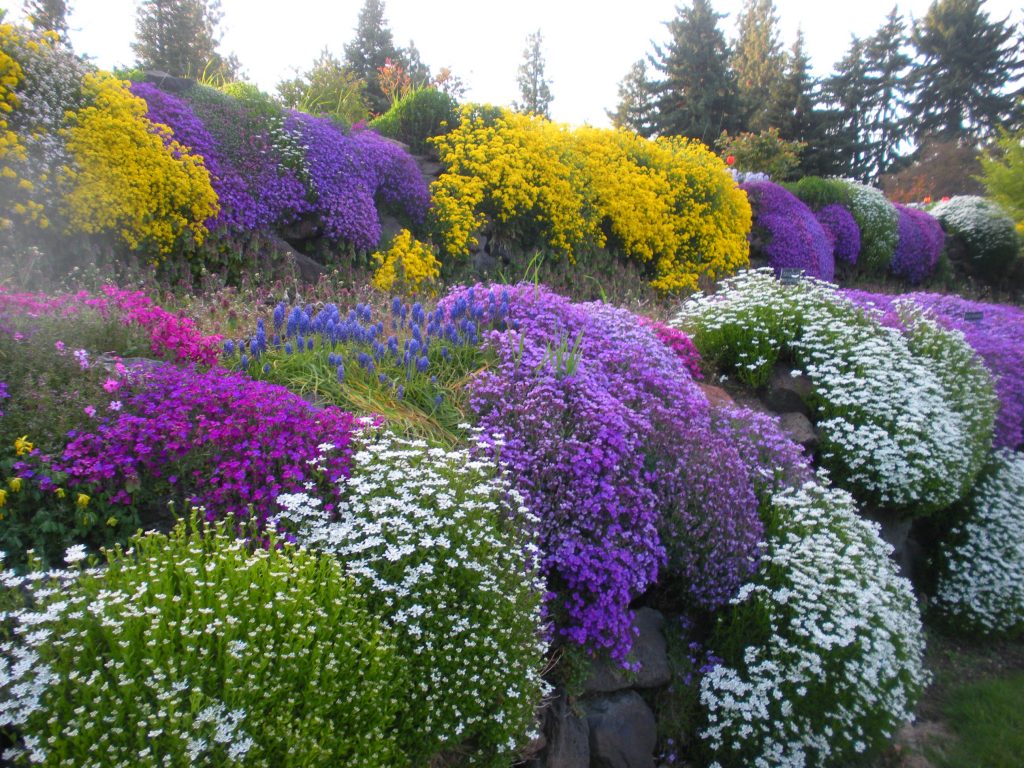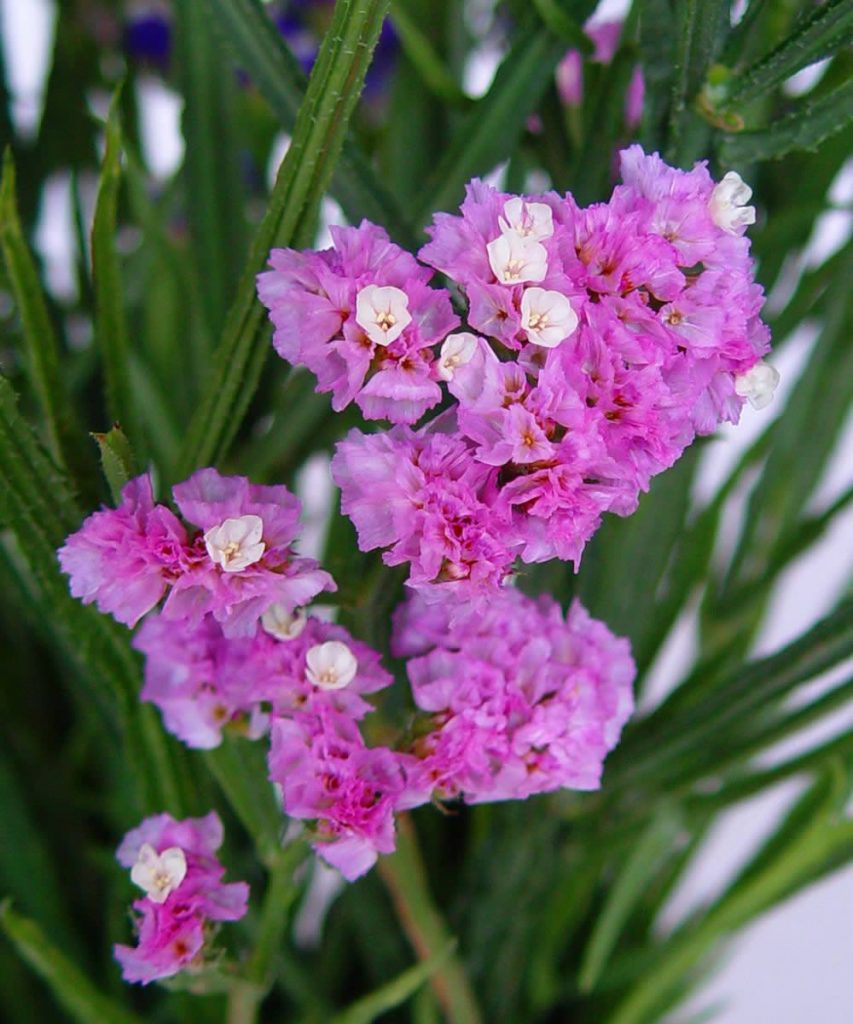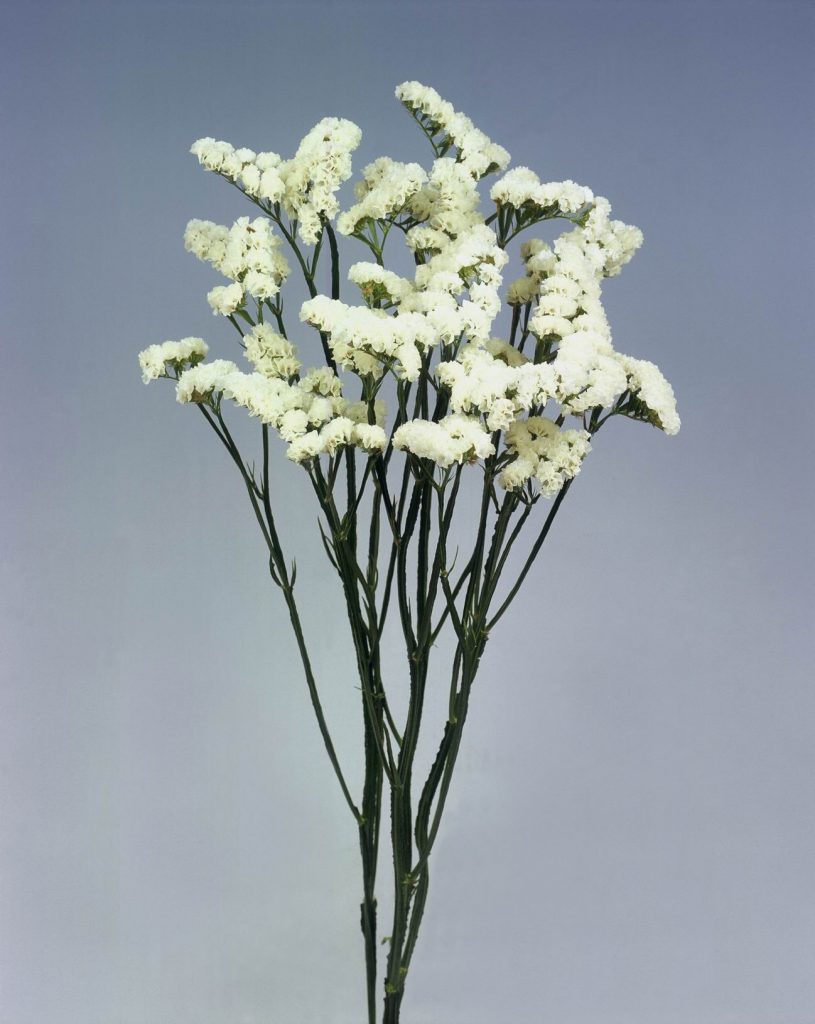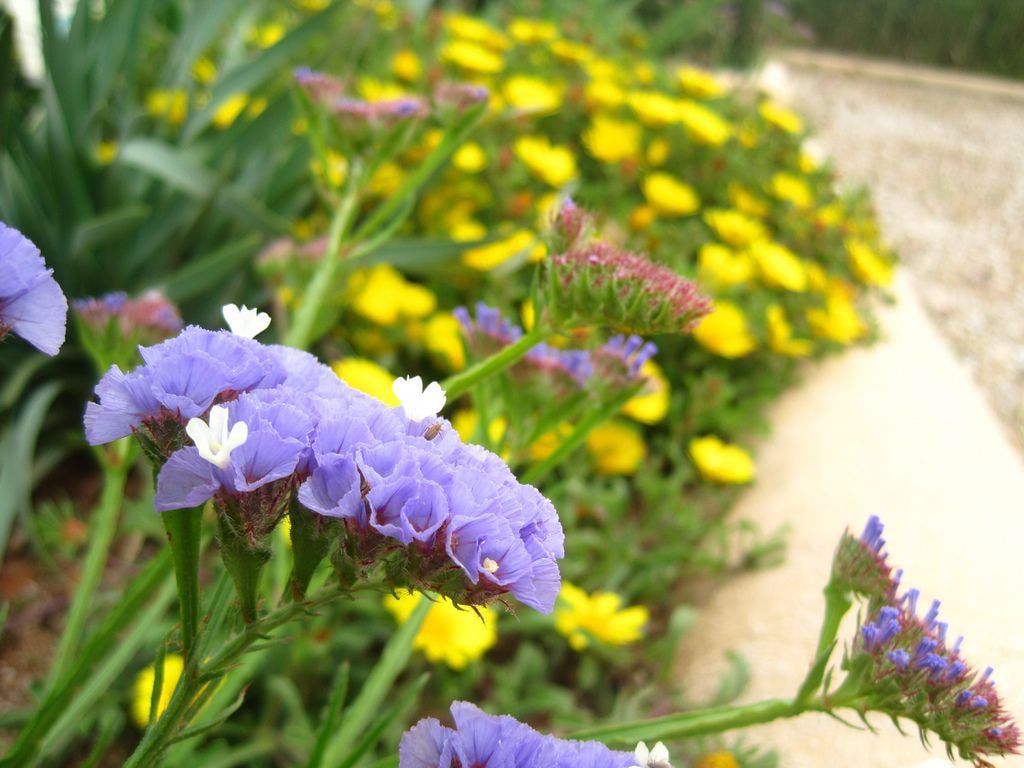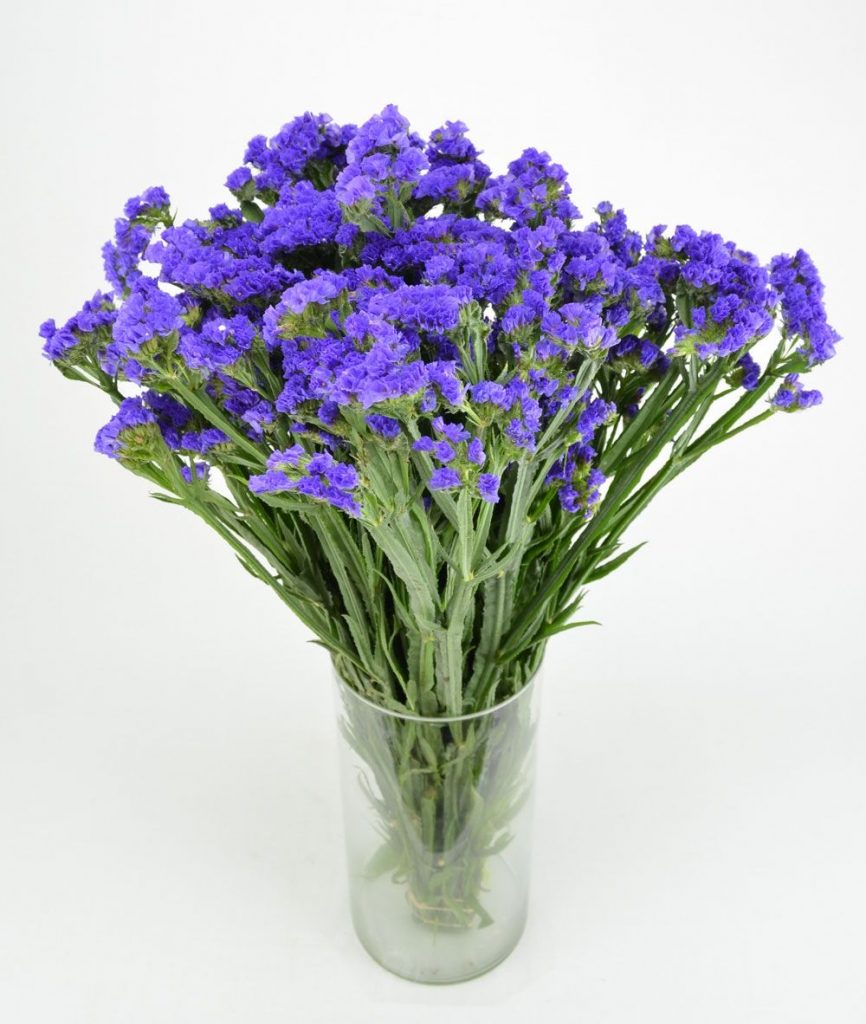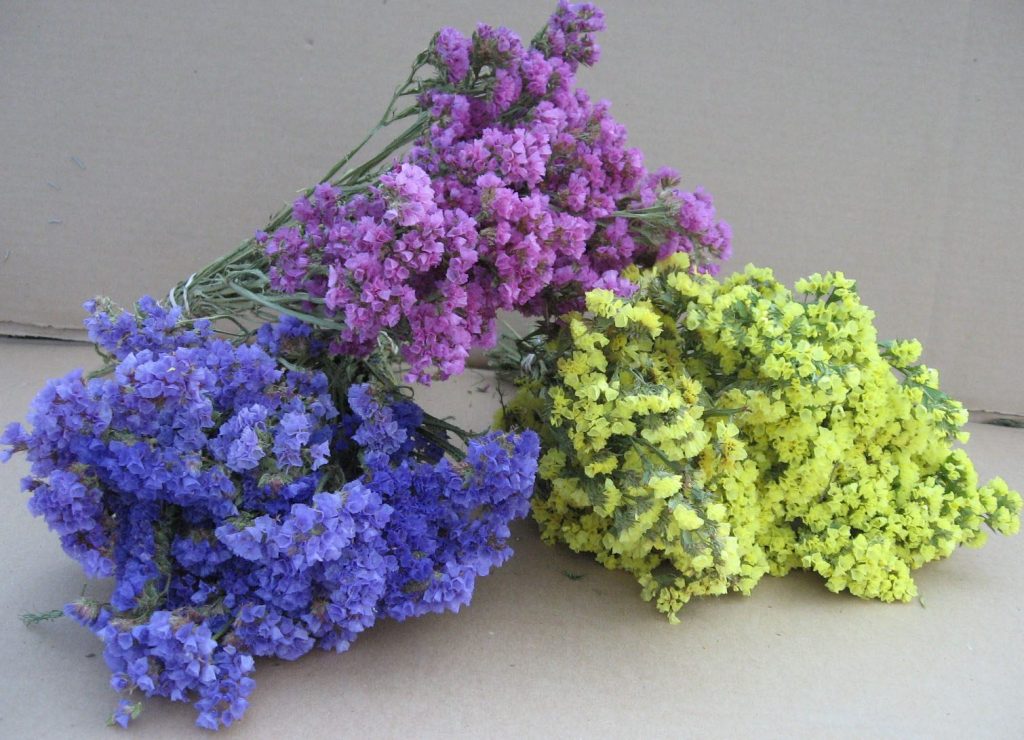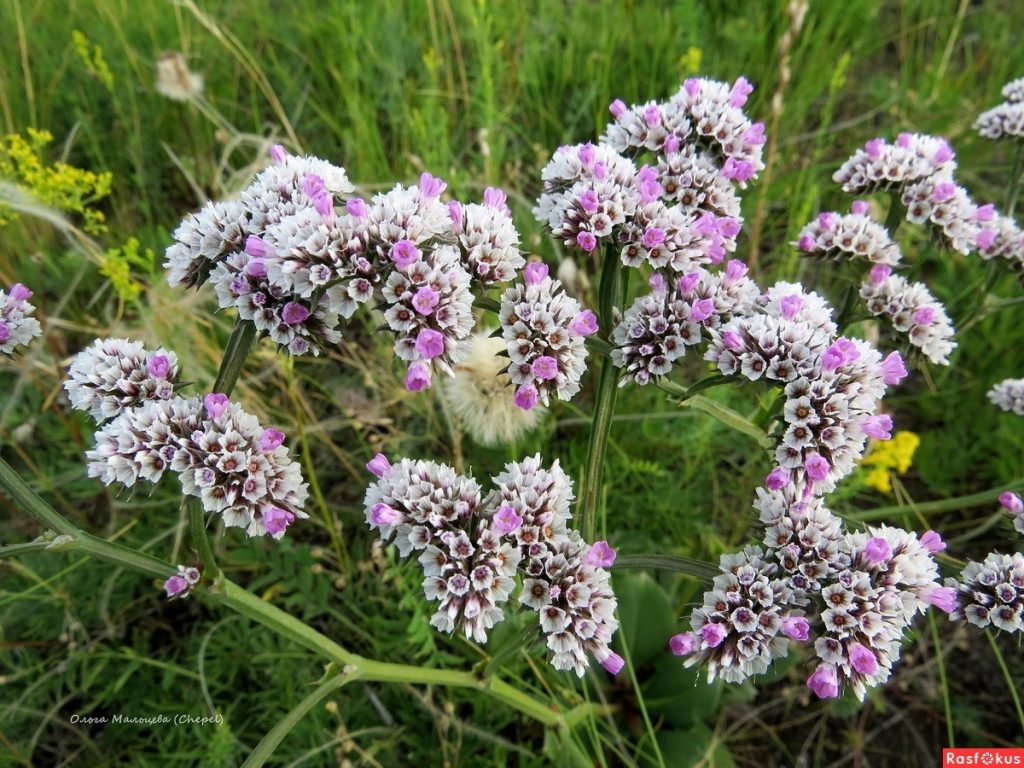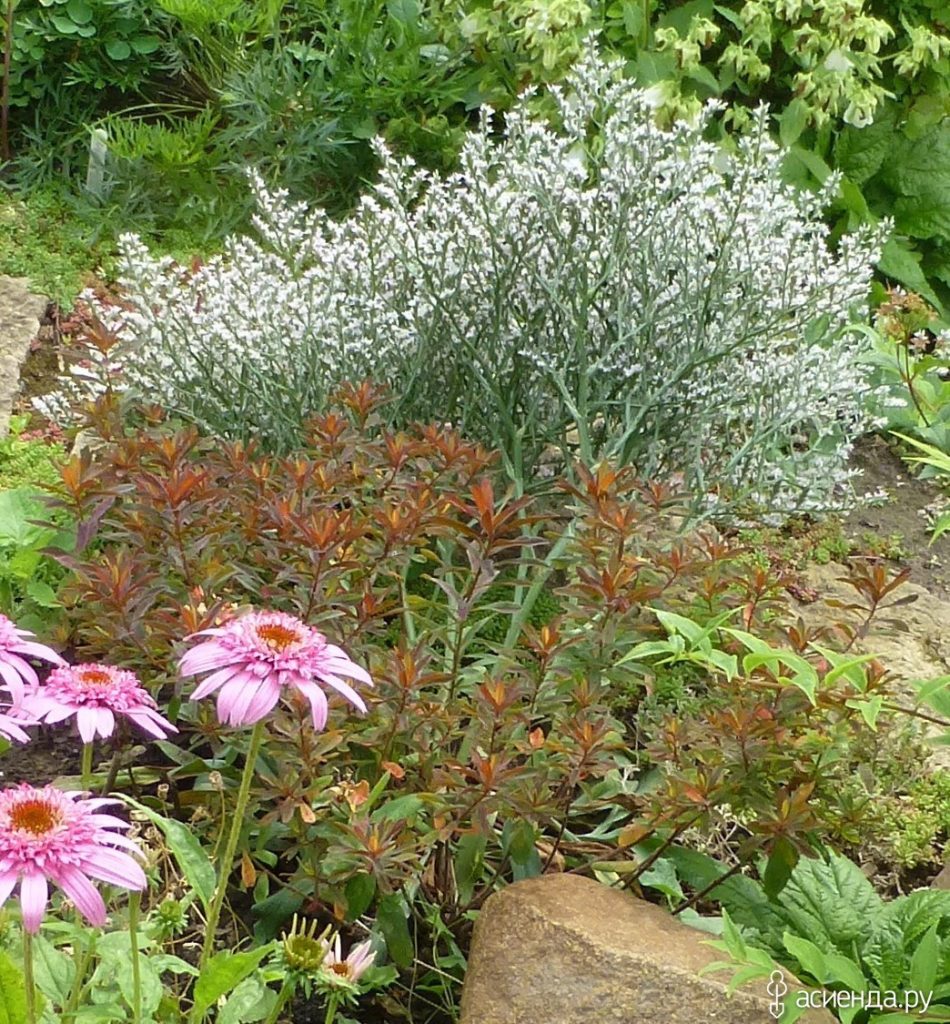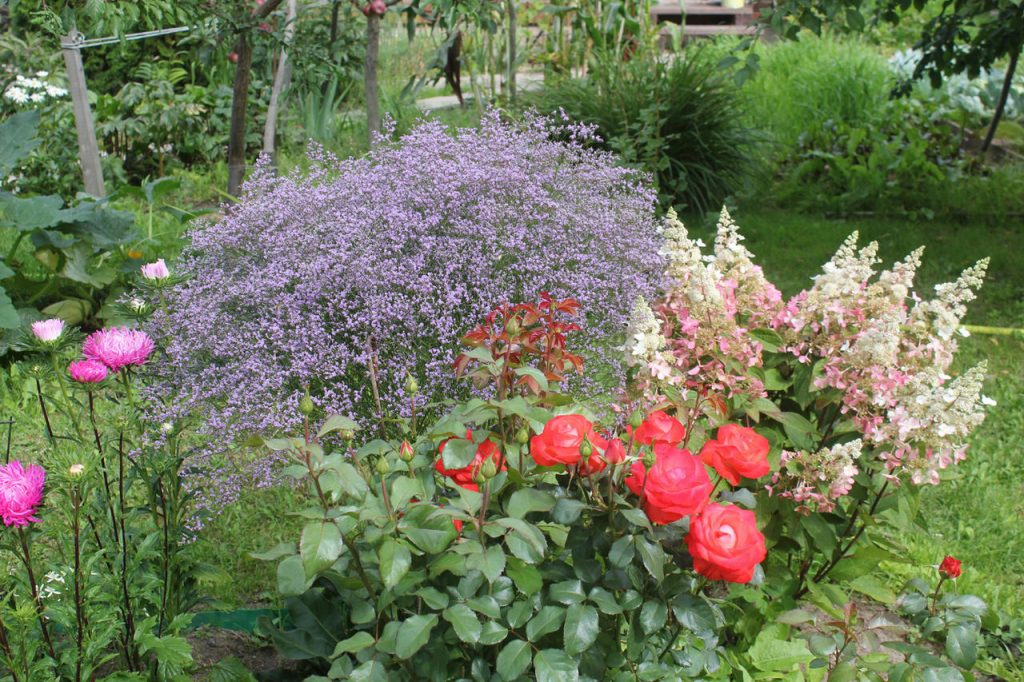Statica - one of those plants that are often used in landscape design. It is also noteworthy that its flowers can decorate your home for a long time even after cutting. Statica is known also under other names: Kermek, immortelle, sea lavender and Tatar lemongrass.
Plant description
Statica refers to tall tall herbaceous plants with upright peduncle. Its leaves are located near the root. The flower is able to grow to 80 cm in height. Static flowers are small and can be white, pink, yellow, blue, blue and other shades. They are collected in the spike of which a panicle is formed. Flowering begins in July and continues until frost occurs.
The plant has gained its popularity among landscape designers thanks to its unpretentious care. Also, statica is resistant to drought, all sorts of diseases and pests. But what this plant does not tolerate is shading, excessive soil moisture and frost.Therefore, in some regions it can only be grown as an annual plant.
Static cut flowers for several weeks are able to maintain their appearance. Therefore, it is often used in the preparation of bouquets. Surprisingly, it has an original look even in dry compositions.
Types of statics
This plant has more than 150 species, but such varieties are popular with us:
- Suvorov. This type of statice grows no higher than 60 cm and has pink and purple inflorescences.
- Gmelin. A distinctive feature of this variety is its cold resistance. The flower grows no higher than 50 cm and blooms with a blue-violet shade.
- Broadleaf. This type of plant grows up to 75 cm and has spreading panicles that consist of small blue-lavender flowers.
- Peres. It grows up to about 60 cm and blooms with large flowers of purple color.
- Chinese statica has a white or cream color.
Growing stats
Depending on the region of growing statice may be annual or perennial. The hotter the climate, the greater the likelihood that the plant will be able to winter.
For reproduction plants use seeds. But experts do not recommend using the division method. This is due to the fact that the plant has a special root system, which, if damaged, is restored for a very long time. Therefore, trying to spread it in this way, you risk losing both plants at once.
Statica growing from seed
This method of breeding statics is the most optimal. Seeds of plants are able to maintain their germination for 4 years. At the same time implement this method is not as easy as it seems. And all because the seeds of statics have a very dense shell that can not be removed. To facilitate the germination process, it is recommended to rub a little with a nail file. After that, the seed should be a few days to put in wet sawdust.
 After such preparation, the seed can be planted in a pot or a special cup, depending on whether you plan to transplant further or want to use the plant for decorating the house. Therefore, if further transplantation of the plant into the open ground is foreseen, then it is more expedient to use peat cups that will protect the roots of the statice.
After such preparation, the seed can be planted in a pot or a special cup, depending on whether you plan to transplant further or want to use the plant for decorating the house. Therefore, if further transplantation of the plant into the open ground is foreseen, then it is more expedient to use peat cups that will protect the roots of the statice.
It is necessary to sow flower seedlings in February or March. For 1 cup or pot, take 1 seed. This is important because the roots of the plant are rather bulky and if there are 2 germinated seeds in a cup, then it will be very difficult to plant the plants.
For planting it is better to use the soil for seedlings or other loose. Sand can be used as a baking powder.

 Cover the container with film. This will allow the seed to germinate faster. It is important to regularly remove the film and give the plant the opportunity to air out. This will protect it from mold. In parallel, should moisten the ground.
Cover the container with film. This will allow the seed to germinate faster. It is important to regularly remove the film and give the plant the opportunity to air out. This will protect it from mold. In parallel, should moisten the ground.
If you manage to create good conditions, then in 10 days you will receive the first shoots. Otherwise, germination time may take up to 3 weeks. To speed up this process, a container of seedlings can be heated phytolamp.
Planting statics in open ground
Having planted a plant, it is important to remember that its roots grow quickly enough, therefore it is impossible to delay with a transplant. Usually they do it at the end of spring, when night frosts no longer exist.

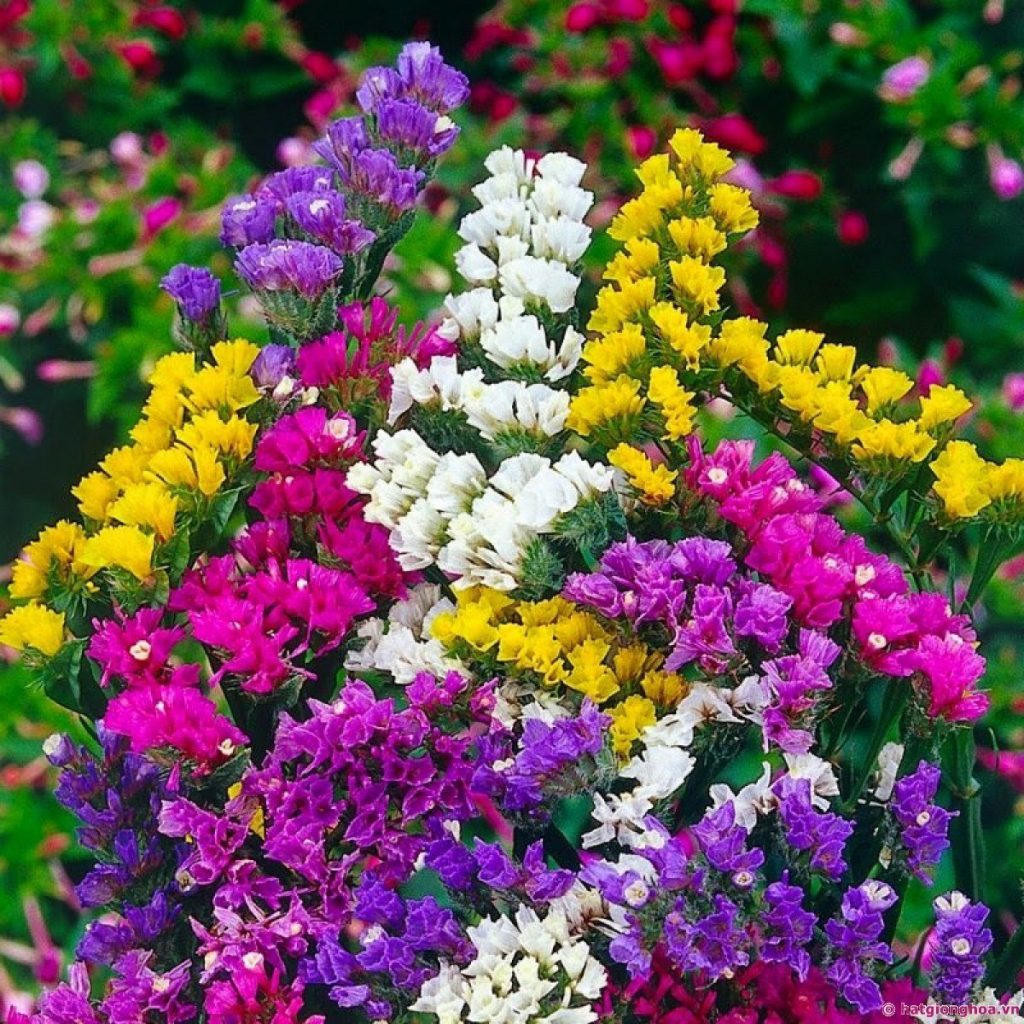

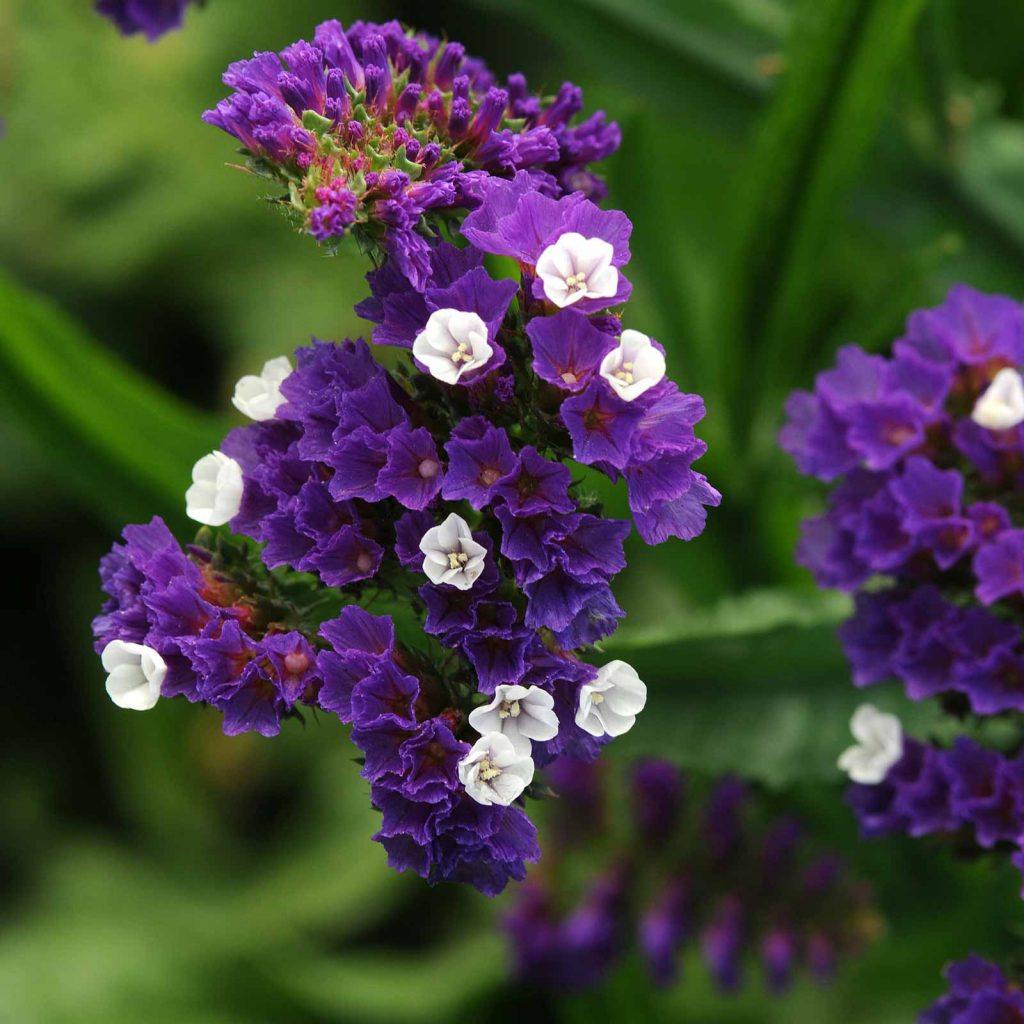
 There are certain rules for transplanting plants to open ground:
There are certain rules for transplanting plants to open ground:
- It is important to choose the right place. Statica prefers bright places and practically does not tolerate the shadow. However, even direct sunlight will not interfere with its growth. If the flower is planted in the shade, then its roots may begin to rot and the plant will simply die.
- Planting statice need to adhere to a certain distance between the bushes. It should be about 30 cm. This will allow the plant to grow and develop intensively. And the statice flowers will be large.
- It is necessary to replant a flower in well drained and loosened soil. At the same time, it is important to prevent moisture from stagnating in it.
- Neutral or calcareous soils are ideal for plant growth.
Static care
If all the conditions of planting are met, then the status does not require special personal care. Watering is often not necessary. The flower has enough dew and natural moisture. If this is not enough, the leaves of the plant will begin to wither. This is a signal that the static needs to be watered. For this it is better to use brine.
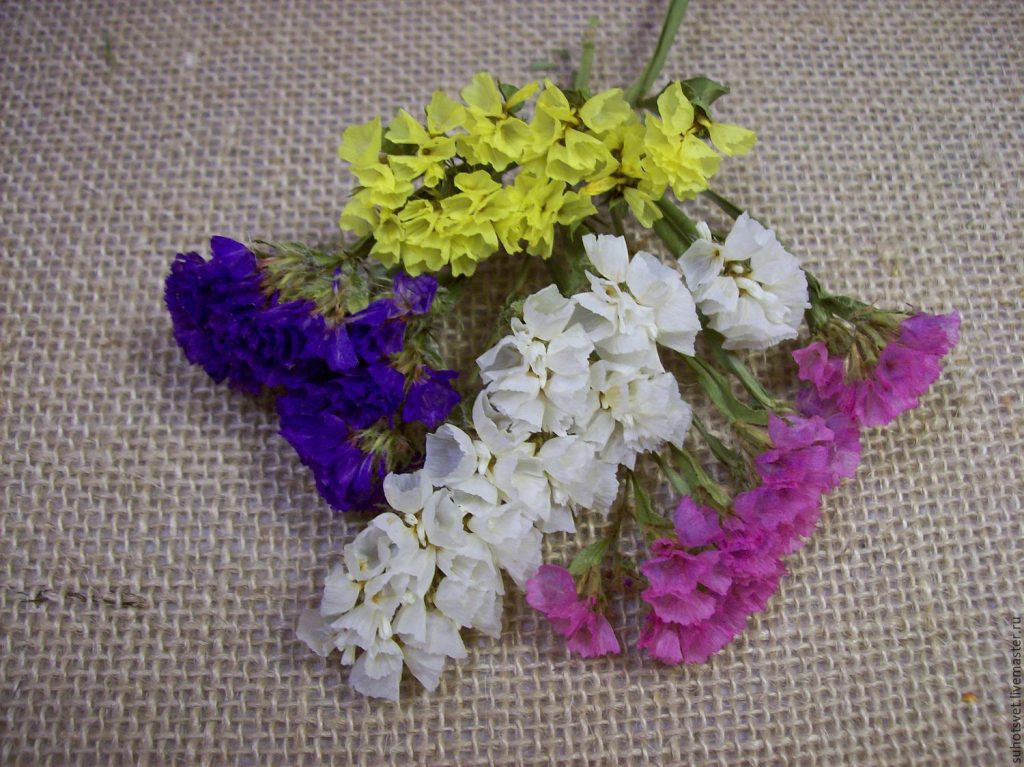



 Specially feed the plant is not necessary. Usually it is enough that feeding, which was carried out during planting. Statica loves loose soil, but if you do not do it regularly, she will not suffer.
Specially feed the plant is not necessary. Usually it is enough that feeding, which was carried out during planting. Statica loves loose soil, but if you do not do it regularly, she will not suffer.
Wintering statice
This question is relevant for warm regions, where the plant can be used as a perennial. How does wintering take place?
- All the stems and leaves of the plant need to be cut.
- On top of the remaining plant is covered with dry leaves, which can be replaced with straw.
- A warm material is placed on top, which will protect the statics not only from winter frosts, but also from excessive moisture, which usually appears in spring.
- As soon as the snow melts, the protective material is removed.
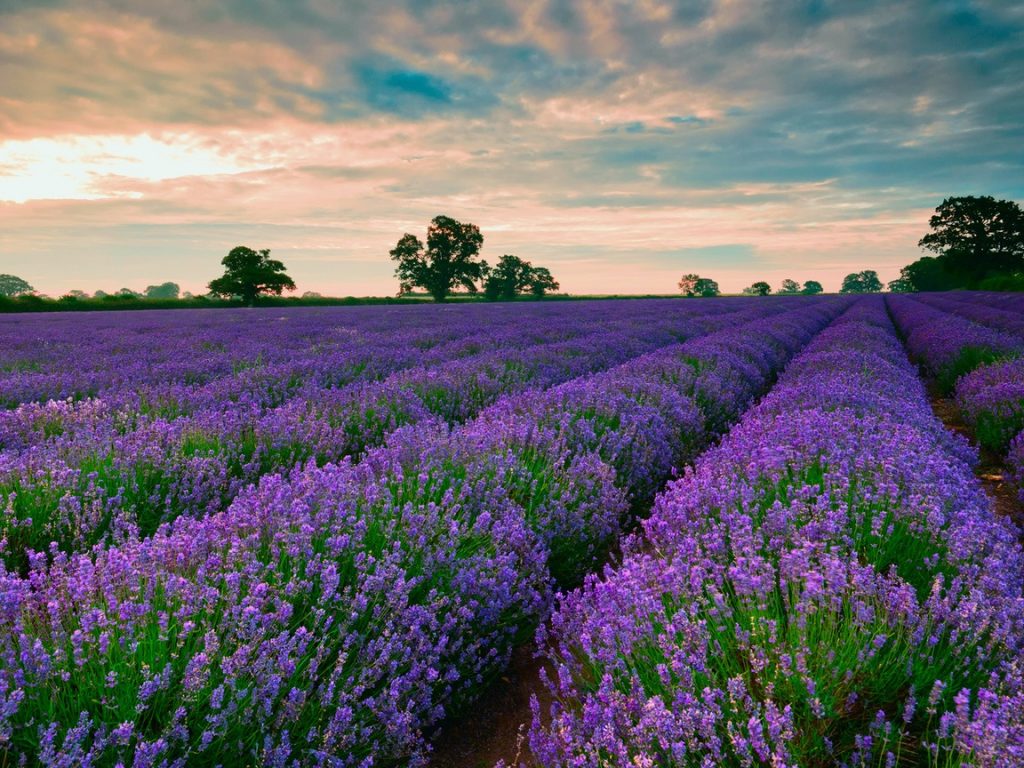

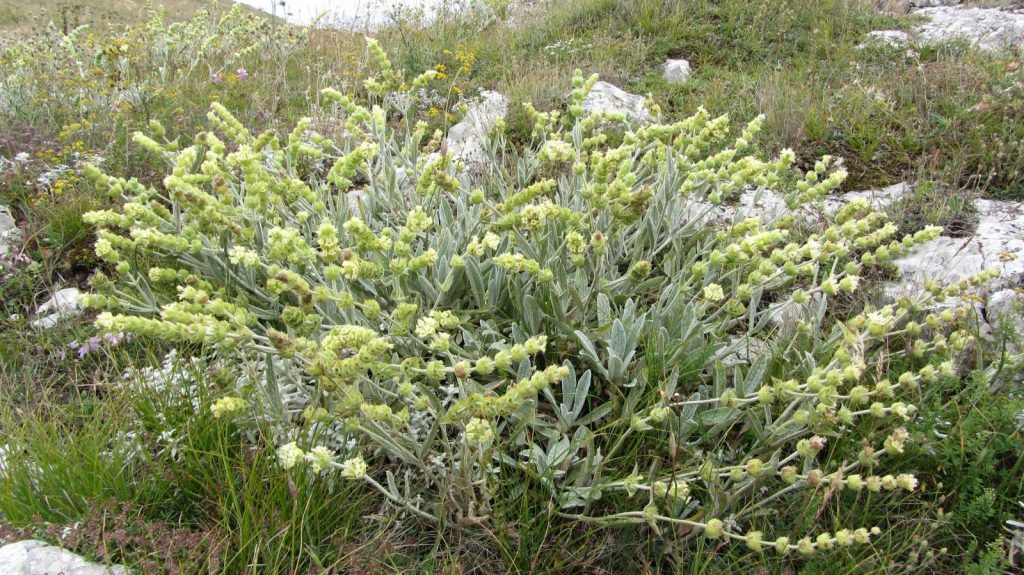
 Statica very beautiful and unpretentious plant. However, in the initial stages of cultivation, it needs to create good conditions. The flower owes its popularity to an attractive appearance and a large number of different varieties that help decorate any garden.
Statica very beautiful and unpretentious plant. However, in the initial stages of cultivation, it needs to create good conditions. The flower owes its popularity to an attractive appearance and a large number of different varieties that help decorate any garden.

























